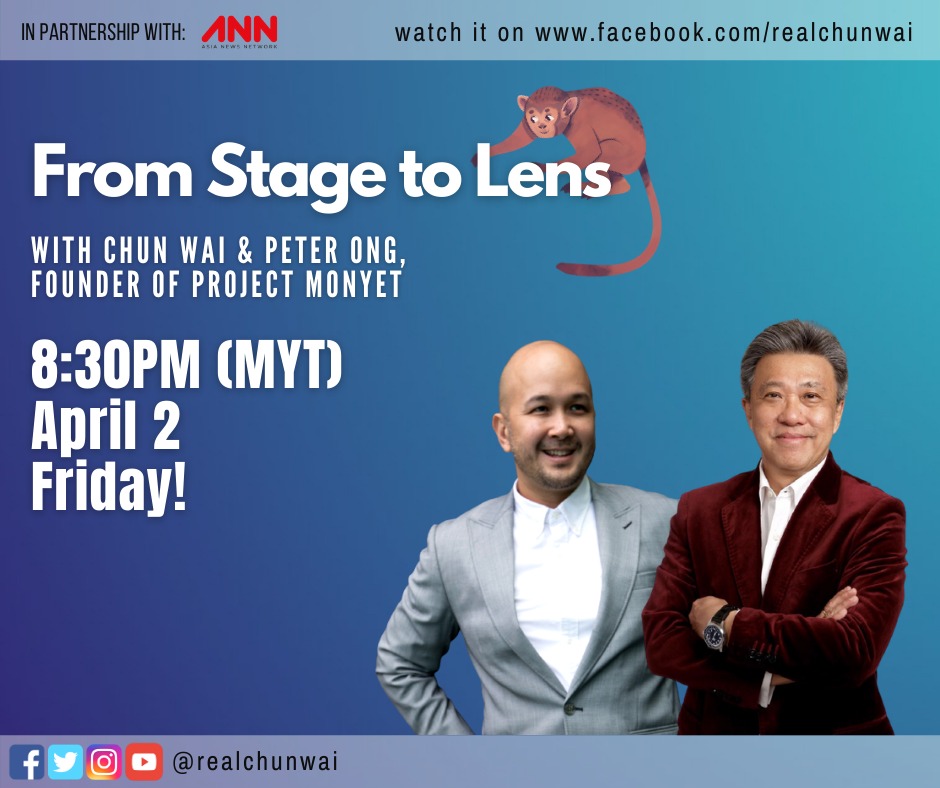

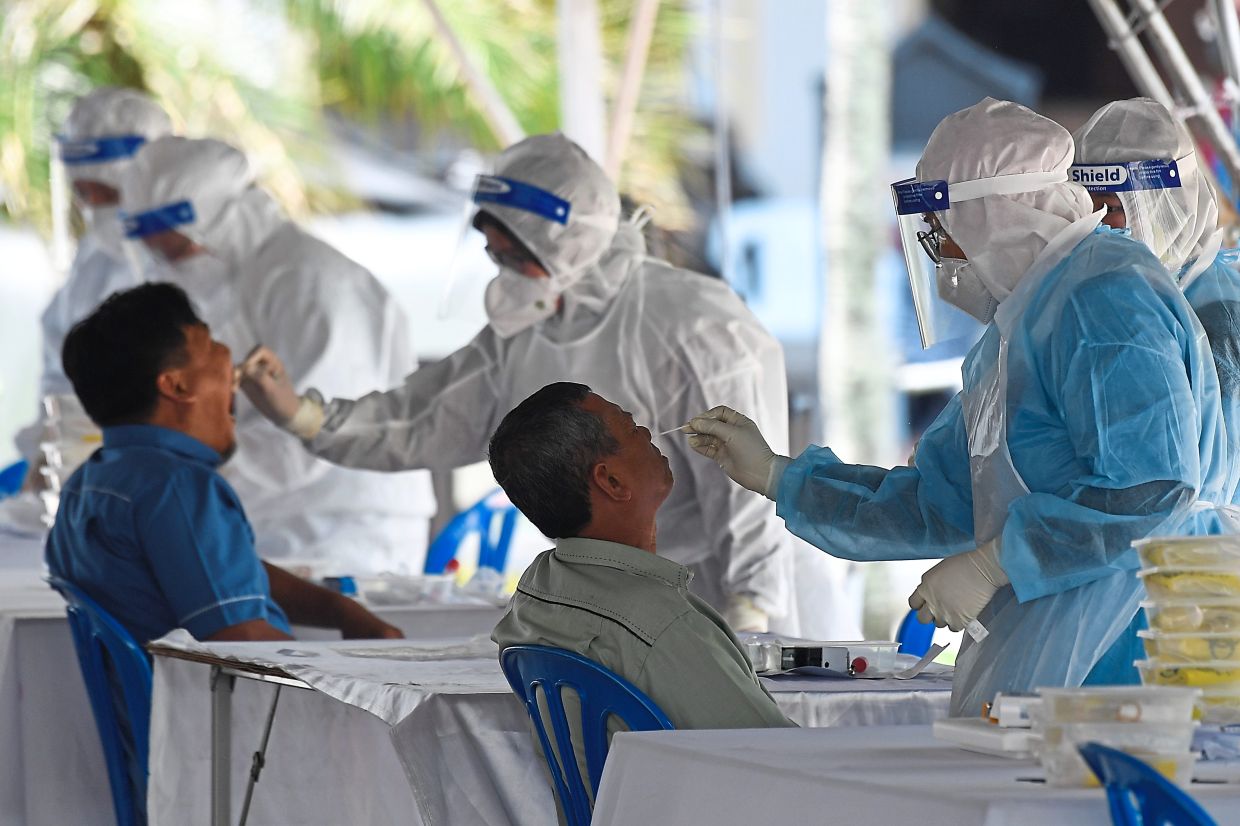
More vigilance vital: The overall number of Covid-19 cases in most states is presently unstable, with Kelantan and Sarawak displaying an increasing trend in infections.
IT’S hardly comforting news, especially when most of us were looking forward to getting some air.
Just look at the daily figures for new Covid-19 infections and fatalities in our country. They’re going up again.
On Saturday, we recorded 2,331 new Covid-19 cases, making it the second day in a row that new infections have breached the 2,000 mark.
Yet, many Malaysians seem lackadaisical and oblivious to the dangers around them.
They have either taken a defeatist attitude or embraced a false sense of assurance because the government has kicked off the vaccination programme.
It could also be that many of us have accepted that Covid-19 is here to stay, for a while at least, so we can’t continue to lock ourselves up and forsake our livelihood.
There’s indifference, and as the government applies flexibility on businesses, many of us have also taken things for granted because of this relaxation of rules.
Traffic jams are back, restaurants and malls are packed once more, and employers are now asking their staff to return to the office.
However, there are reports of employees taking their infections home. Likewise with schoolkids, which is why some schools have had to be closed.
The biggest concern is whether we’re at risk of a fourth wave of the coronavirus, which has infected more than 370,500 people and caused over 1,360 deaths nationwide.
This was Senior Minister Datuk Seri Ismail Sabri Yaacob’s official statement, and not mere media speculation.
Last week, the defence minister, who oversees Covid-19 cluster matters, said the information was derived from the Health Ministry’s risk assessment over the past 14 days in states under the conditional movement control order (CMCO) and recovery movement control order (RMCO).
He said the overall Covid-19 case numbers in most states is presently unstable, and that Kelantan and Sarawak are displaying an increasing trend in infections.
Ismail said Penang, Kuala Lumpur, Pahang and Labuan recorded fluctuations in infection rates over the past two weeks, with case figures going up and down.
Perlis, Kedah, Perak, Selangor, Negri Sembilan, Melaka, Johor, Terengganu and Sabah have all shown a decline in their infection rates, he said.
However, he said there are still many red zones in states that indicate an overall decline in infections, including Selangor, KL, Penang and Kelantan.
Pulmonologist Dr Ritesh Kumar has said that the virus is back with more energy, tactics and camouflage, and urged the people to be more vigilant.
The strain, he said, directly affects the lungs which means the window period is shortened.
He has seen a number of patients without fever but an x-ray report showed moderate chest pneumonia.
“The wave is more deadly than the first, so we have to be very careful and take every precaution, ” he said.The challenge for the federal government is whether it can lift the ban on interstate travel.
There have been no indications of what the government would do, although if the ban remains, it would be hugely unpopular. It won’t just be Muslims getting their balik kampung plans affected, because the rest of Malaysia aims to do the same.
Last month, the Health Ministry said travelling back to hometowns for the Hari Raya break may be a reality if Malaysians continue to strictly adhere to the standard operating procedure (SOP) and risk assessments on the Covid-19 situation in the country look positive.
It said there were six factors for consideration in the risk assessment concerning interstate travel. They include daily case figures, infectivity rate, capacity at hospitals’ intensive care units, the Covid-19 situation with infected health workers, and the screening tests.
“The MOH will review all data and facts before advising or recommending to the technical committee for decisions at the special meeting of the National Security Council, ” it said, noting that risk assessments were made periodically.
Politicians must not be tempted to play the populist card to allow balik kampung trips. It’s heart wrenching but it’s a sacrifice that we all need to adopt.
Some states have taken their own stance on Ramadan bazaars because of contrasting infection rates, but basically, someone’s going to be unhappy.
MOH officials have privately said that if they had their way, the interstate travel ban would remain, expressing concern that “politicians cannot be flexible in this case, or we will be back to square one.”
It’s good to hear that the Health Minister has been taking a cautious stand regarding the balik kampung issue and Science, Technology and Innovation Minister Khairy Jamaluddin has also sought a review on National Security Council’s decision to relax certain conditions like allowing Ramadan bazaars to open.
With the vaccination roll-out still moving slowly and news of supply only being sufficient by June, Malaysia is certainly still poised in a precarious position.
Registration for vaccination remains slow, and those aged 60 years and above are eagerly awaiting April 19, when the second phase of the vaccination begins.
Many of us in this category have been impatiently checking our MySejahtera apps daily, but there have been no updates. But seniors apart, journalists should also be considered for early inoculation.
Press members meet people, especially ministers, almost every day, which places them in the vulnerable category. So, in Indonesia, they were put in the first batch for vaccination.
Economic frontliners including food deliverers, postmen, lorry drivers and those involved in the logistics and aviation industries, should be given due consideration, too, for being in the same boat.
As the number of infections continues to rise and vaccine supplies remain low, patience is wearing thin.
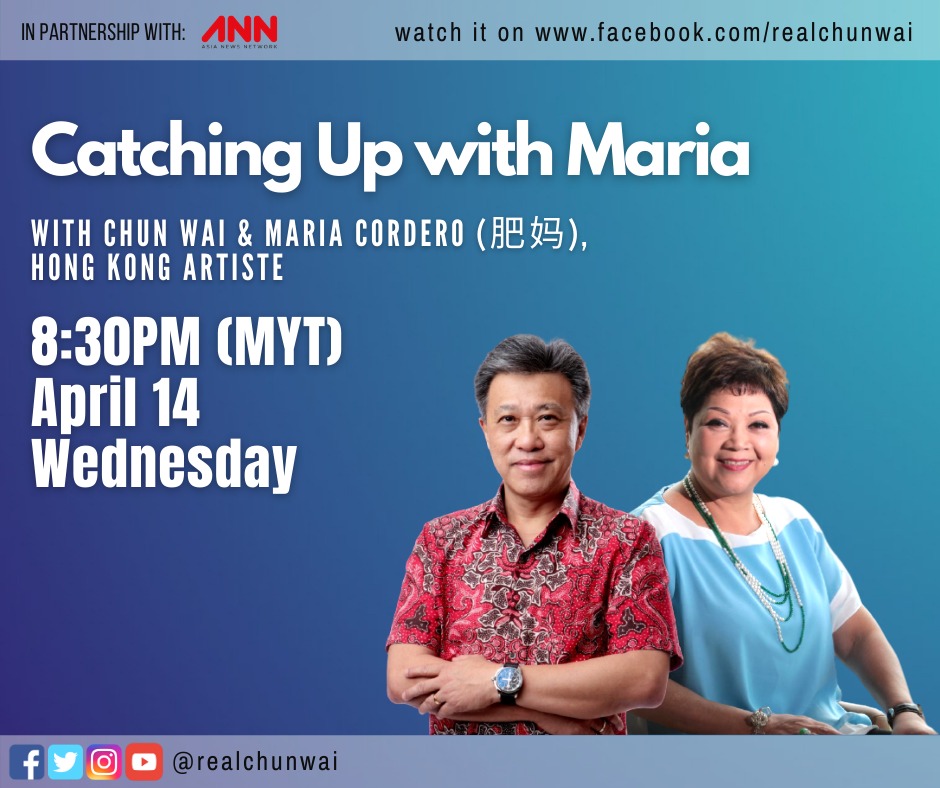
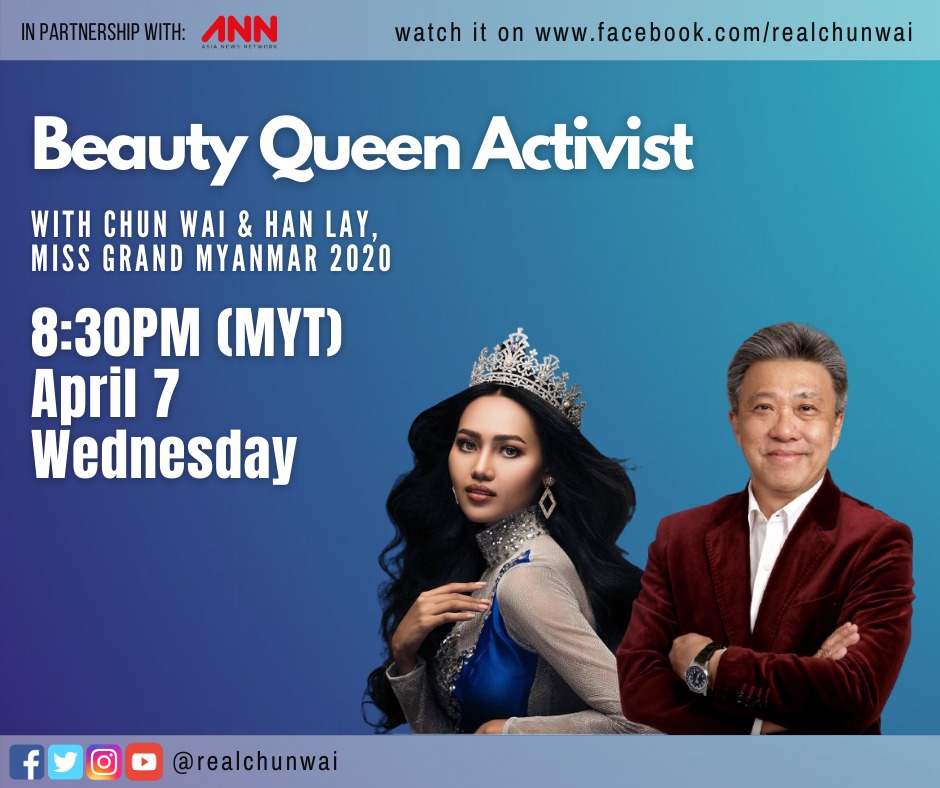
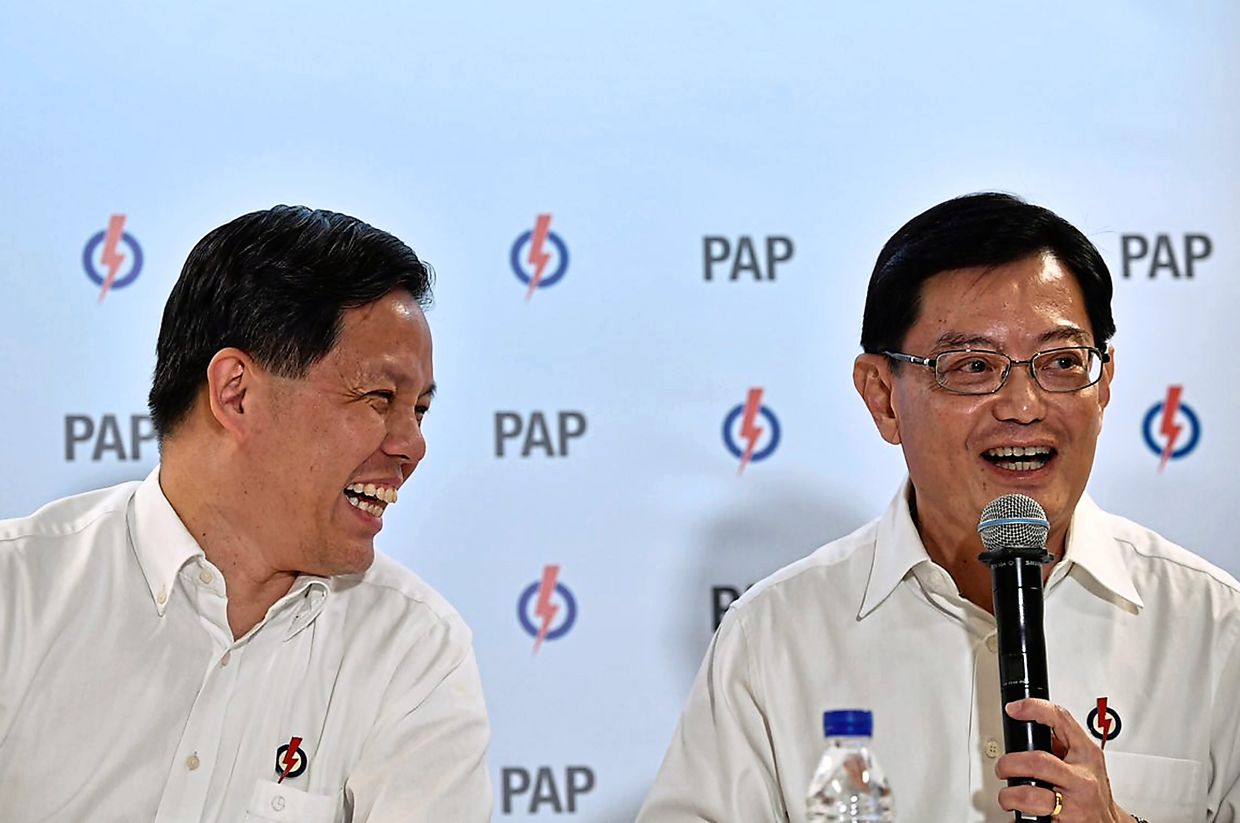
Topsy-turvy: Heng (right), here with fellow 4G leader Chan Chun Sing, disrupted Singapore’s well-choreographed leadership succession plan when he announced his decision to step down to make way for a younger candidate. — AFP/Ariffin Jamar/The Straits Times
A nation known for its infallible governance has been thrown a curve ball.
SINGAPORE Deputy Prime Minister Heng Swee Keat dropped a bombshell when he announced his decision to step down as the leading fourth generation leader.
This simply means he won’t succeed 69-year-old Prime Minister Lee Hsien Loong.
Heng, 60, cited age as a factor, saying he will be 65 by the time the Covid-19 crisis is expected to be over, and expressed hope that “a younger leader… (with) a longer runway can take over.”
As part of the arrangement, DPM Heng will step down as the 4G (Fourth Generation) leader and Finance Minister.
Heng has been battling health issues. In 2016, he collapsed during a Cabinet meeting and reportedly suffered a stroke. The Prime Minister’s Office then issued a statement saying Heng’s sudden stroke was due to an aneurysm.
He had to undergo neurosurgery to relieve pressure in his brain due to the bleeding, the statement said.
But Heng continued being politically active after he recovered, and was even touted as the next PM.
In his 40-year career, he has been a police officer, principal private secretary to the late premier Lee Kuan Yew, senior civil servant, head of Singapore’s central bank and education minister, and is currently Finance Minister.
Heng, a Harvard and Cambridge graduate, has been described by the press as a hands-on leader, kind-hearted and mild-mannered. His critics, however, say he lacks charisma and has been poor at handling the grassroots. Others have condemned him for not being a political street fighter.
Whenever I’ve cabbed it in Singapore, the drivers have invariably asked me embarrassing questions about Malaysia, subtly putting our country down, but in more recent times, it has been the other way round.
I tend to feel uneasy listening to their grouses about their leaders, especially those concerning the high cost of living and job opportunities.
The complaint has always been about Singaporean leaders’ lacking empathy – them not being in touch with the ground despite their impressive academic qualifications.
Veteran Singapore journalist PN Balji, writing in Yahoo! News Singapore, opines that Heng’s explanation wasn’t convincing and has left many unanswered questions.
He said Singapore’s well-choreographed leadership succession has gone “topsy turvy”, even though Hsien Loong had already pledged to stay on till the end of the pandemic.
“The Singapore system is such that everything is well planned. Now Mr Heng steps aside and we don’t know who is going to take over.
“He is not going to be Finance Minister, but he’s still going to be DPM for a while. It’s all very intriguing and unsettling for Singapore, ” Baljit wrote.
Baljit is also unconvinced by the 4G leader’s citing the pandemic as a reason for the disruption in leadership succession.
“Covid-19 has been here for a year. Is it worse than what it was a year ago? And PM Lee has already said he will not hand it over until Covid-19 is over. So, what is the pressure on Heng Swee Keat?”
Others say Heng has been fumbling, citing a 2019 parliamentary session as an example.
Yahoo! News reported that having proposed a motion that called on Workers Party Members of Parliament, Low Thia Khiang and Sylvia Lim, to recuse themselves from financial matters relating to the Aljunied-Hougang Town Council (AHTC), he (Heng) was meant to carry the ball.
“Instead, just minutes into the debate on the motion, Heng had to call for a time-out. He hummed and hawed, flipping through his folder like a student stumbling through his class presentation.
“Tellingly, clips of PM Lee looking exasperated and instructing Heng on what to say in the session had been circulating online. The latter’s reputation has always been that of a genial technocrat, and not a political street fighter.
“Then came the 2020 election, when Heng made his infamous ‘East Coast Plan’ gaffe and led his East Coast team to a less than convincing victory, with just 53.41% of the vote share.
“And despite delivering five pandemic Budgets, he was not at the front and centre of the government’s efforts to combat the coronavirus, raising questions about whether he inspired confidence among his own colleagues.”
So, what’s next? The attention is now on Minister for Trade and Industry and Minister in charge of Public Affairs, Chan Chun Sing, 51, Transport Minister, Ong Ye Kung, 51, Minister of Education, Lawrence Wong, 48, and Minister for National Development and Minister in charge of Social Services Integration, Desmond Lee, 44.
While Heng has said he is ready to give it all up at 60, and Hsien Loong planning his exit at 70, this seems a stark contrast to Malaysia, where old is gold, apparently.
Tun Dr Mahathir Mohamad seems ready to be Prime Minister again at 96, while veteran Umno leader Tengku Razaleigh Hamzah also thinks he is PM material at 84 years old.
Datuk Seri Anwar Ibrahim will blow out the candles for 74 this year, while DAP’s Lim Kit Siang just turned 80 recently.
They don’t seem to have a life. It’s sad but, we’re expected to believe that they are doing this for the people. Of course, we will believe them. Demi rakyat dan negara. Yes, we’ve heard that one before.
It’s ironic that there’s no expiry date for a political career, yet, for those voting politicians into office, 18 is still not the valid age for exercising their civil rights.
Succession planning has little priority in Malaysian politics. No one wants to give up the pursuit of power, believing it’s their God-given right to be Prime Minister.
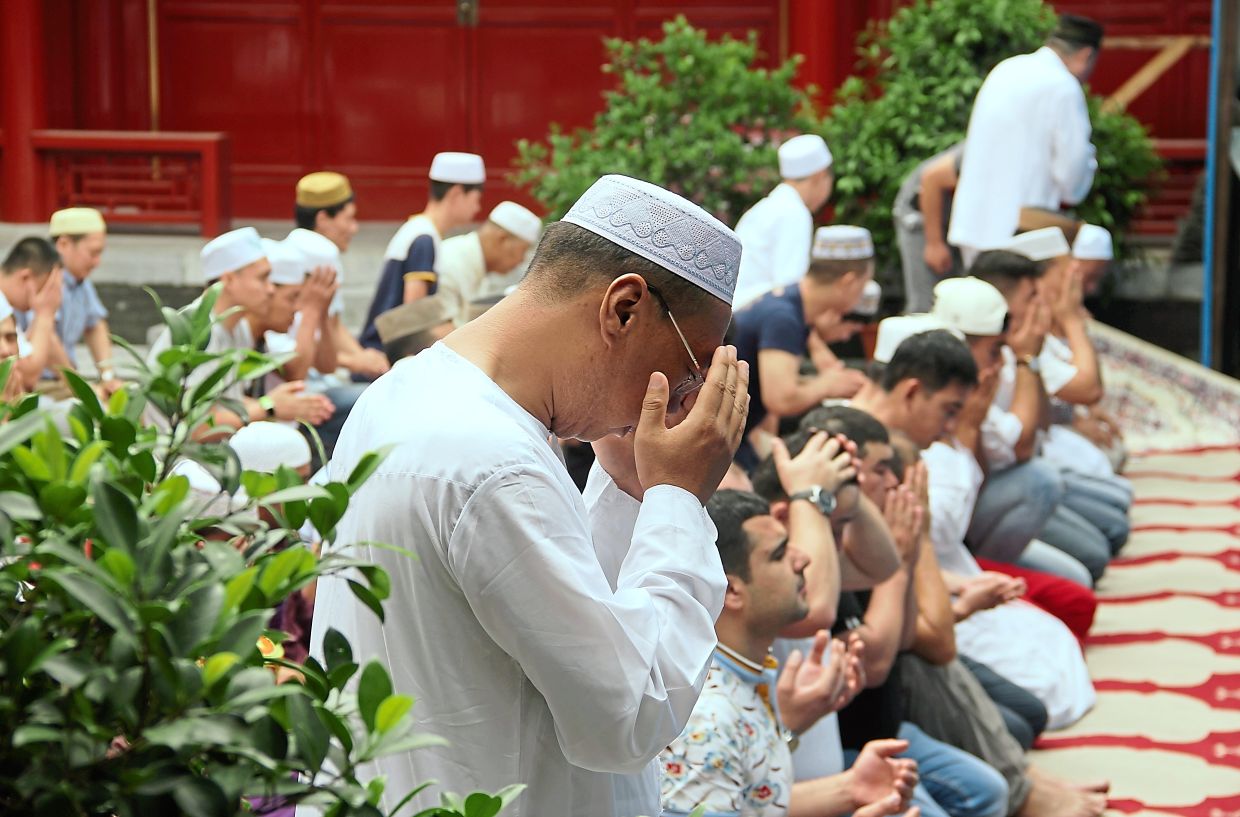
Beautiful diversity: Today, there are 25 million Muslims living in China. Here, Muslim devotees are praying at the Nanxiapo Mosque in Beijing to celebrate Hari Raya Aidilfitri. — The Star
The US has found the world order quickly shifting and is feeling uneasy with the challenge from China.
THE legend of Admiral Zheng He (more commonly known as Cheng Ho to most Malaysians) has always fascinated me, being a history student with Peranakan roots in Penang.
In fact, I took the opportunity to travel to Nanjing, China, to pay respects to the great man at his tombstone.
The only snag was, Zheng He’s resting place remains a mystery, he who led historic voyages to South-East Asia and eastern Africa.
His remains have never been found, leading many to believe he received his final rites at sea during his last voyage, sometime in 1433.
But Zheng He is not a Uighur (pronounced as wee ger). He was from the Hui ethnic group, which comprises Muslims.
The history of Islam in China goes back more than a staggering 1,300 years.
While Zheng He is probably one of the most famous Muslims, there were others during the Ming rule, Muslim military generals including Mu Ying, Hu Dahai, Lan Yu, Feng Sheng and Ding Dexing.
There was also the famous Confucian Muslim scholar, Ma Zhu, who served during the Ming dynasty. The name Ma is the Chinese counterpart to Muhammad.
Today, there are 25 million Muslims living in China. The Hui is the largest group (48%), followed by the Uighur (41%), and together, they make up about 90% of the total Muslim population. The other Muslims include Kazakh (6,1%) and Dongxiang (2.5%), followed by the Kyrgyz, Uzbek, Salar, Tajik, Bonan and Tatar groups. They live mostly in Xinjiang, Gansu, Qinghai and Yunnan, and even in Beijing and Xian.
My trips to China have taken me to Xinjiang by air, road and train, where I spent weeks meeting these beautiful ethnic minorities.
I travelled on the Silk Road and tried imagining how ancient traders treaded the same path. Famed Italian merchant, Marco Polo, probably used the same route in the 13th Century to look for spices, silk and carpets.
My journey took me across the Taklamakan desert on long overnight trains to Turpan (or the Flaming Mountains), the setting of the famous Chinese novel Journey to the West, of the Monkey God fame.
The trip concluded in Urumqi, the capital of Xinjiang Uyghur Autonomous Region in the far northwest of China.
Urumqi was a major hub on the Silk Road during the Tang Dynasty’s golden age, and today, it has one of the world’s largest bazaars.
Walking through the markets reminded me of the souq in the Middle East, being surrounded by the blue-eyed Uighur and their distinct Turkish looks, while blonde Russians, all speaking Mandarin, were among the other Chinese. It was an exotic place, indeed.
As a “banana” (a term describing a Western-educated Chinese with Western world views, and can’t speak Mandarin), I was lucky to have scholars from Universiti Malaya explain the historical and academic aspects of China.
I have also travelled to Xian, where China’s ancient capital, Chang’an, is located. It was home to more than 10 dynasties.
It was a delight for me to step into the mosques and immerse in local Muslim culture. Islam has long been part of Xian history, where the terracotta soldiers stand guard.
But today, Xinjiang is in the international news for all the wrong reasons. Damaging words, including genocide, have been hurled at it. The grim and gruesome word means killing many people from an ethnic group with the aim of wiping it out.
There is little evidence, if at all, to prove genocide, but it’s such a strong emotive word that it recalls the Holocaust and Khmer Rouge killing fields in Cambodia.
The Xinjiang cotton fields are alleged to have practised forced labour, even though it’s common knowledge that machines are required for large scale productions. There have also been accusations of rape.
Nothing is spared in the mind games between the two superpowers (US and China) to discredit each other.
Reports on the issue have come thick and fast from CNN and BBC, almost on a daily basis, in fact.
It’s hard to ignore that since the protests in Hong Kong began, they have become more involved in instigative journalism than investigative journalism.
Since the racist campaign by Donald Trump, where China was blamed for the spread of the coronavirus, Americans and many ill-informed Westerners have looked at ethnic Asians – especially those with Chinese features – negatively.
They have lumped all Orientals together as Chinese, just like how some think turbaned Sikhs with beards must be Taliban.
Now, under the Biden Administration, there is little difference, except perhaps Joe is less antagonistic, though the anti-China sentiments remain.
From the coronavirus to Huawei, and Tik Tok through to purported spy scholars and the South China Sea, and now Xinjiang cotton, it has become a concerted campaign.
We all know the US has little love for Muslims anywhere in the world.
The US has dropped enough bombs in Iraq, Syria, Libya, Afghanistan, as well as imposed sanctions against Iran, to substantiate that claim. The US has also turned a blind eye to the plight of the Palestinians.
These assaults were launched on the pretext of destroying weapons of mass destruction owned by the Saddam Hussein and Muammar Gaddafi regimes, though we now know fact from fiction.
While the two weren’t angels (but more dictators), the fanatical Islamic State took over after the two were deposed and worsened the situation.
Now, the attention is China. It’s the perfect villain – communist rule, no elections and a campaign against Muslims in Xinjiang.
Most Americans can neither pronounce Xinjiang nor point it out on a map, although that seems a moot point to them.
The truth is, the US is jittery because its dominance is over. The world order has changed.
While the US was busy executing its campaign in the name of upholding human rights and western values, and burning trillions of dollars on arsenal, the Chinese spent the last decades building their nation and eradicating poverty.
No one should be surprised when China overtakes the US in the world economy. It didn’t happen overnight, though.
Beijing, Shanghai, Shenzhen and Guangzhou may not be representative of the whole of China, especially compared to third-tier cities and rural areas, but credit where it’s due for the absence of homeless colonies in the cities.
As a Malaysian who has regularly visited China, I feel poor whenever I’m there. The glitzy skyscrapers, efficient transport system, low crime rate, affluence and orderly city administration has shown that China has certainly arrived.
The Chinese have become visibly wealthier and sophisticated, and while their tendency to flaunt their wealth rubs many the wrong way, they have simply become what the early rich Americans used to be. The rich Chinese are loud and brash, but along the way, they – just like the Americans did then – will change.
Rather than demonise China and its people, the US could do well with promoting its values, many of which are universal in nature, such as the rule of law, protecting individual rights, improving living standards and driving the engine of innovation.
The US remains the preferred destination for most people seeking migration.
The immigrants, including Muslims who refused to integrate, could have chosen Saudi Arabia, Iran, Qatar, Kuwait or Senegal, but they picked the US.
We embrace American culture and its lifestyle, especially Hollywood movies, Disneyland, burgers, Coca- Cola and music. That speaks volumes of how most of us admire the US.
While the Chinese are now at a stage where they are content with growth and material wealth, they will eventually question issues like environment, inequality and self-suffrage, when they find themselves without a safety net.
The expansion of the middle class has always been similar all over the world. When the stomach and pockets are full, people have time to talk about democratic ideals.
But for now, the chaos and destruction in Hong Kong and racism in the US have given reason for China, and Chinese all over the world, to push back, or even detest the aggressive campaign by the US. This is nothing more than blatant bullying.
It isn’t fair play, unlike what the US claims, because there’s clearly a lack of respect for competition.
We all believe “democracy is the worst system of government, except for everything else, ” as Winston Churchill said. It’s loud and messy, as we know, but power is more diffused in democracy, where it’s equally shared through the population, as James Stavridis, a retired US Navy admiral put it.
The Xinjiang campaign will come back to haunt the US. Unlike other Muslims in China, the Uighur have indulged in ISIS activities, including being actively involved in Syria, where many combatants are members of an Al Qaeda offshoot.
Reuters and Associated Press have reported of at least 5,000 Uighur in ISIS operating in Syria and Iraq.
Many of them from the outlawed Turkistan Islamic Party, are pushing for an Islamic state in Xinjiang, which China surely won’t tolerate.
That perhaps explains why China takes a different approach to the Uighur compared to other Muslims, though these actions remain open to debate.
But here’s the irony – while the US and its western allies are busy drumming up the issue, the powerful Muslim countries led by Saudi Arabia, along with 36 other countries, have defended China’s policies in Xinjiang in a letter released in 2019.
The world is not keen on getting entangled in an escalating trade war between the US and China.
We want both countries to work together, if they really believe and practise what they preach to the rest of us, the minion nations. And if they do, the world stands to benefit immeasurably.
